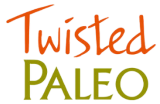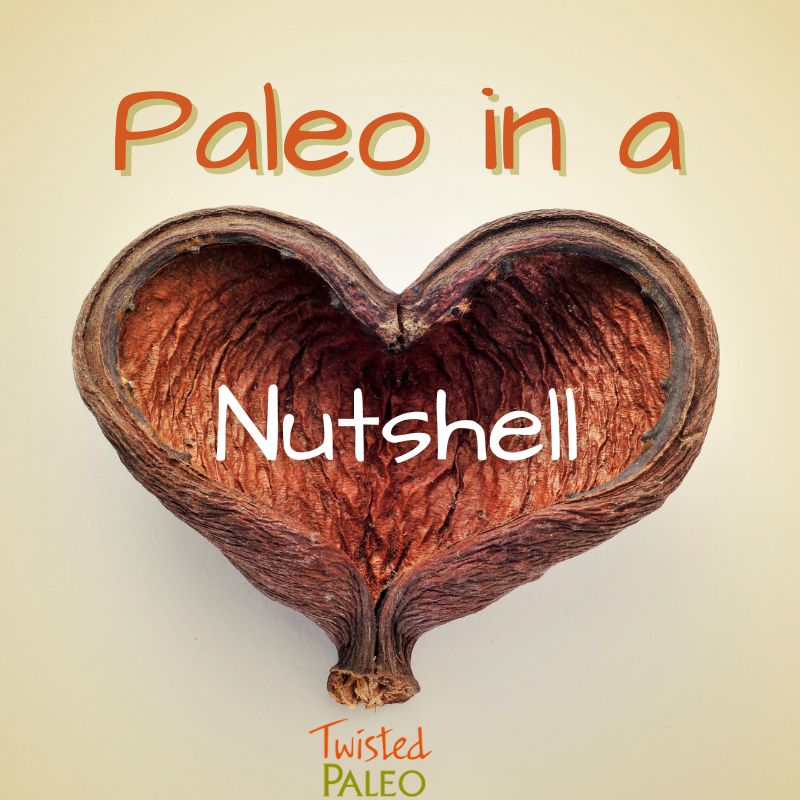Paleo in a Nutshell
- Paleo is also known as the Caveman Diet because it is based on foods available to our Paleolithic ancestors.
- Eating a Paleo Diet reduces the risk of disease since its main focus is eliminating foods that can potentially harm your health. Paleo focuses on foods that reduce inflammation, which helps in lowering the risk of chronic diseases, such as heart disease, cancer, and arthritis.
- Paleo increases insulin sensitivity, which makes it a good choice for people struggling to avoid diabetes.
- The basis of the Paleo Diet is that it eliminates grains (including popcorn and rice), beans and legumes, dairy (except butter and ghee), vegetable oils, refined sugar and artificial sweeteners (except pure leaf stevia), iodized table salt, and processed, hydrogenated and refined foods.
- These foods are replaced with things like honey, maple syrup and sugar, coconut sugar and nectar, date sugar and syrup, molasses, olive oil, avocado oil, coconut oil, macadamia oil, walnut oil, Paleo mayonnaise and shortening, coconut milk and cream, almond milk, Paleo baking flours such as almond, cassava, coconut and hazelnut flours, arrowroot powder and tapioca starch.
- The Whole 30 program takes Paleo one step further and eliminates foods that are most problematic in one of four areas—cravings, metabolism, digestion, and immune system.

